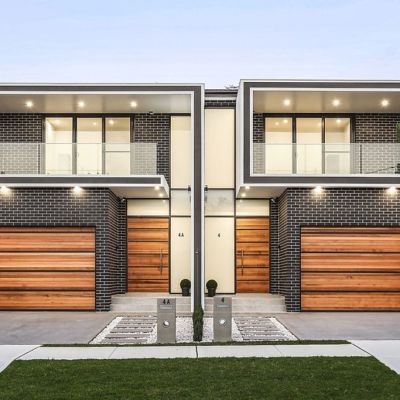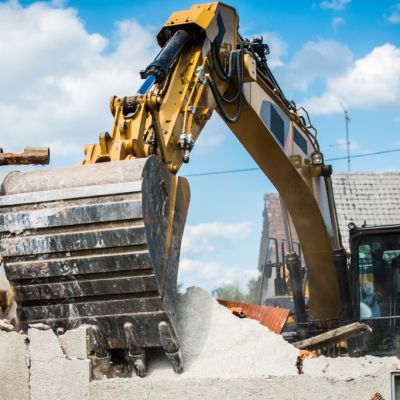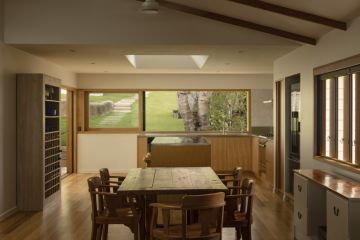Construction loans 101: How to apply for financing if you're building a brand new home
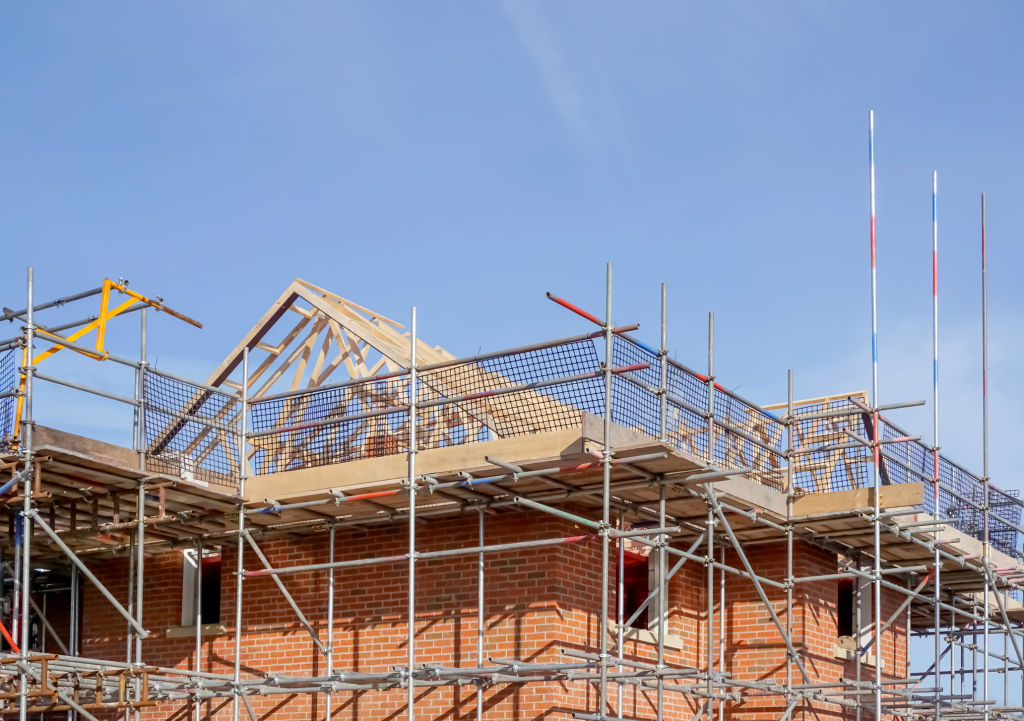
When building a home, it’s easy to get swept away in finishes, fixtures and fittings, but there’s another f-word that’s arguably the most important part of the equation – finance.
The average cost of building a new home was $317,389 in 2018, according to figures released by the Housing Institute of Australia this year. The price of a custom dream home is likely to be much higher, especially once landscaping, driveways, swimming pools and furnishings are included – not to mention the cost of the land itself.
While some people will be able to use equity or cash to fund their new home, most will rely on a construction loan, which differs from a standard home loan for an existing property.
How construction loans work
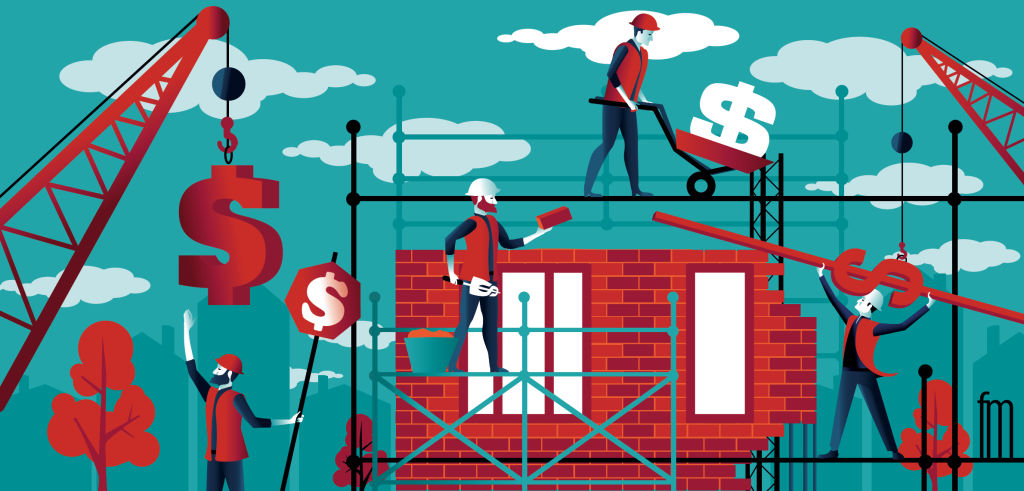
Construction loans are suitable for people building a home from scratch, substantially renovating their current home, or undertaking a knock-down-rebuild project, according to Mortgage Choice chief executive Susan Mitchell.
Instead of providing a lump sum payment on settlement, construction loans are provided in stages known as progress payments, which coincide with each key stage of construction.
“A construction loan enables you to draw down the approved funds as you need them so you pay interest only on the drawn-down amount until your build is finished,” she says.
Most banks will set up a loan facility that allows six to seven payments, according to Building Loans Australia mortgage broker Michael Nguyen.
Lenders generally provide payments to lay the slab or foundation, construct the frame, install the roof, walls, doors and windows – known as lock-up stage – fit out the interior, and a final payment upon completion of the home.
“After every stage, the builder will send the client an invoice,” Nguyen says. “The client will approve the payment and the bank will pay the builder.”
Borrowers usually aren’t required to start paying the principal until the home is complete. “As the payment types are interest-only, the interest rate is higher,” Nguyen says. “After the final staggered payment, the home loan then reverts to a traditional home loan with most lenders.”
What lenders look for

Before providing any funds, lenders want to know exactly how much the build will cost, according to Mitchell.
“A lender will ask for a fixed-price building contract when you apply for a construction loan,” she says. “The plans and specifications for the build will also need to be provided and examined.”
Lenders usually require the borrower to pay all the funds they are contributing first, typically in the form of the first deposit to the builder. Lenders may also want to see evidence of the builder’s public liability insurance.
Mitchell says the lender will conduct a valuation before the first progress payment and after the final payment is made. “Some lenders may also require a valuation during the construction process,” she says.
As with a typical home loan, lenders want to know that borrowers can repay the loan, and will require evidence of income and expenses.
Allow for extra costs
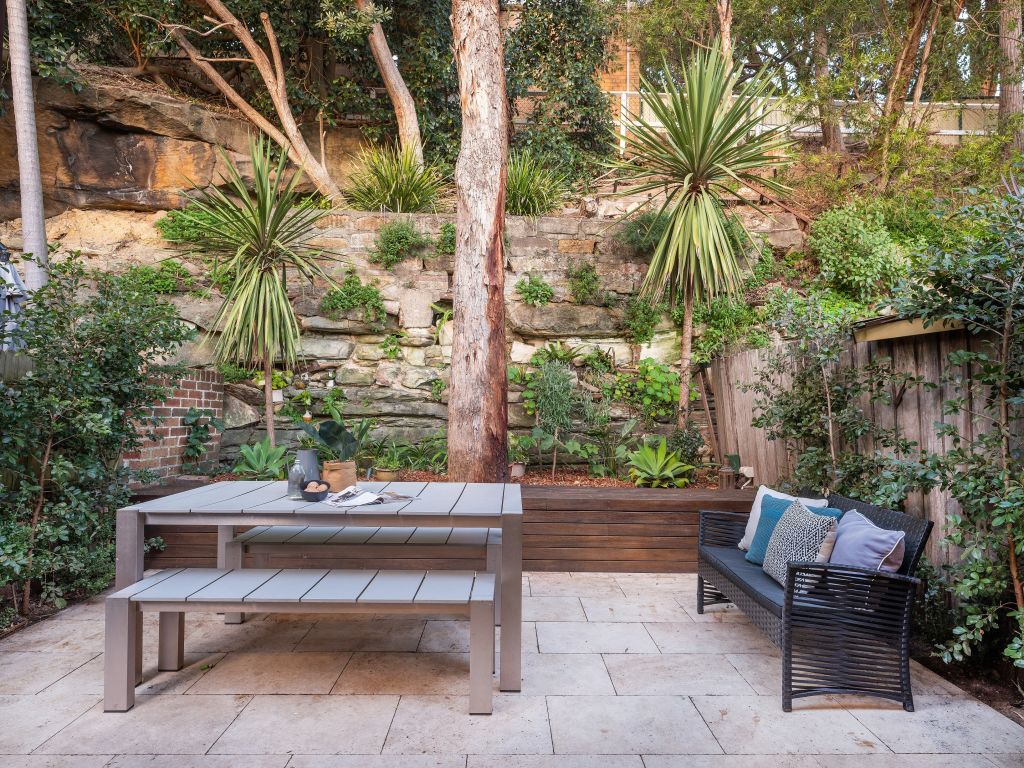
Mitchell said borrowers should have contingency plans for unforeseen expenses. “It is also important to get quotes for extras such as driveways, landscaping and fencing,” she says.
These costs usually aren’t included in a building contract, but affect the valuation and the loan amount offered.
“If you provide these quotes with the building contract when you apply for the construction loan, you will improve your valuation.”
Alternative options
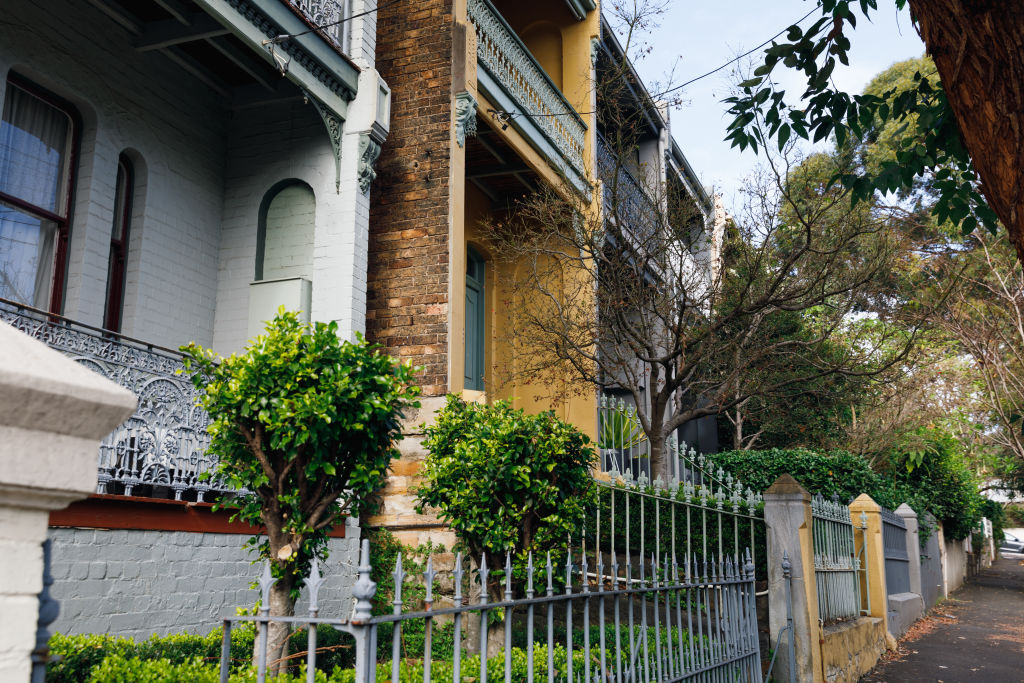
For most people, a construction loan is the only option when building a new home, according to Mitchell.
“If the bank is relying on the value of the home at the end of construction to secure the loan, they will always want to control the funds,” she says.
Home owners with equity in other properties are the exception, Nguyen says, as they can refinance or borrow against an existing property.
And, “it is important to note that if there is a current mortgage on the vacant land, clients are advised to contact their bank and formally notify them that they intend to build,” he says.
We recommend
We thought you might like
States
Capital Cities
Capital Cities - Rentals
Popular Areas
Allhomes
More
